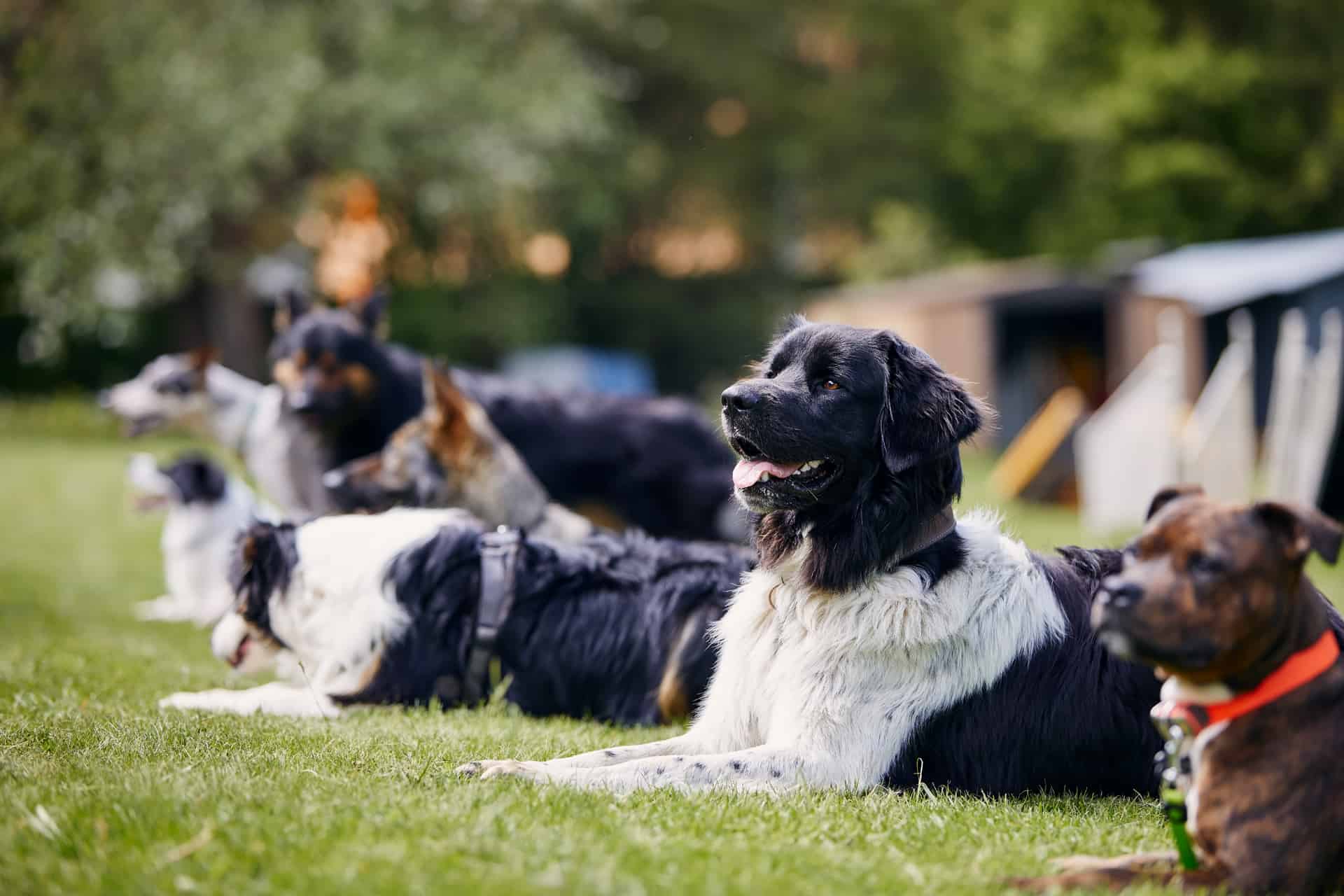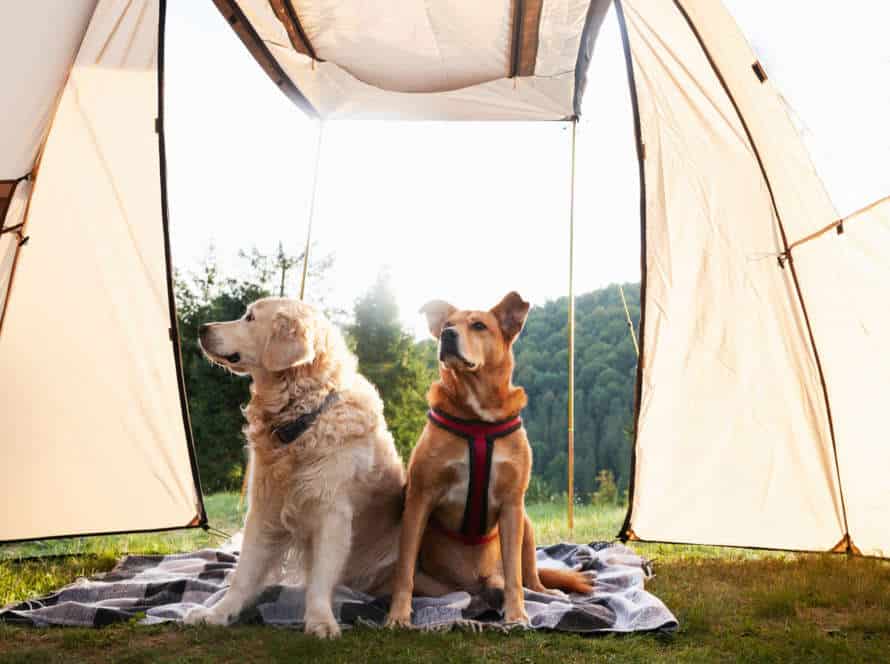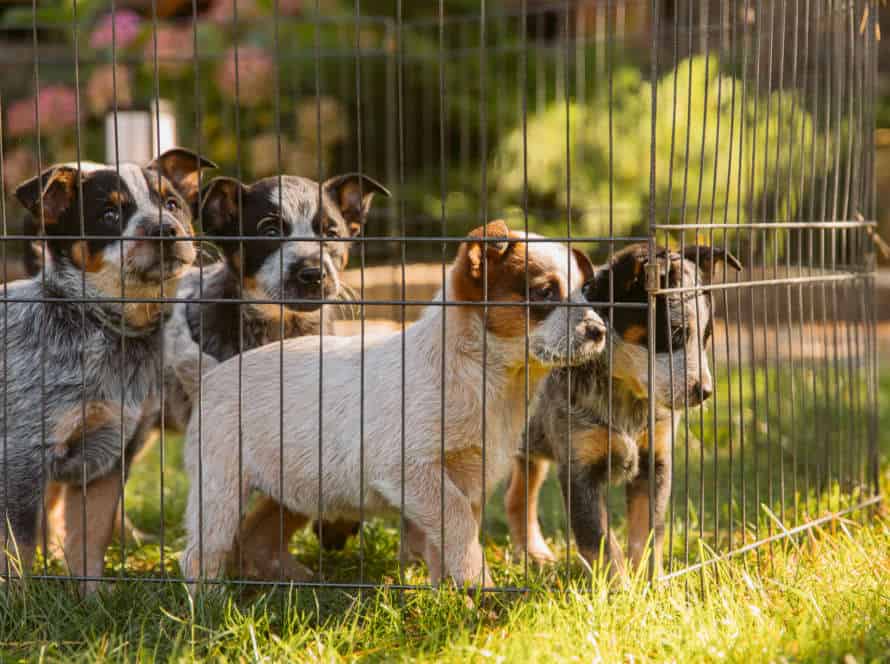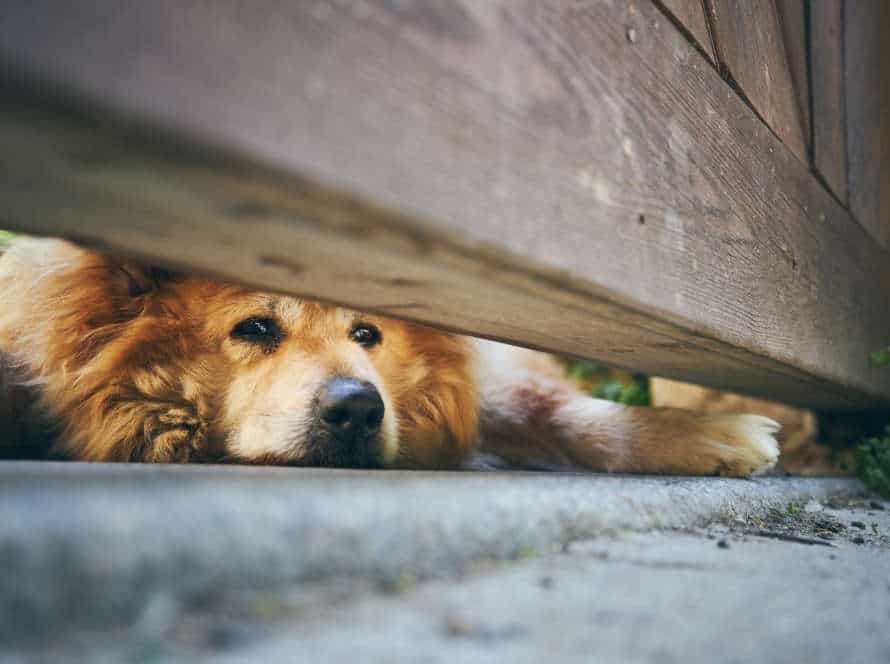Choosing the Perfect Breed: A Comprehensive Guide
When picking a pup, there’s much to ponder. Think breed size, temperament, energy, plus grooming needs. Here’s a guide to help you choose:
- What do you need and how do you live?
- Sizing up the breed and its activity level.
- Matching it to your personality and temper.
- Researching its grooming and health issues.
- Considering the cost of owning a dog.
Keep these factors in mind when picking the pup that fits you and your lifestyle!
Characteristics to Consider
Picking a pet? Consider the breed’s character. Think about the health needs and exercise it needs. Understanding all these will help you choose the perfect one for you and your life.
Size – Small, medium, large
When picking a pup, size matters. It influences the pup’s exercise and living needs.
- Small: Dogs under 20 pounds are small breeds, e.g. Chihuahuas, Pomeranians, and Papillons. Perfect for apartments.
- Medium: Dogs 20 to 60 pounds are medium breeds, e.g. Bulldogs, Beagles, and Cocker Spaniels. Need a moderate-sized home and more exercise than small breeds.
- Large: Dogs over 60 pounds are large breeds, e.g. Great Danes, Rottweilers, and Saint Bernards. Need lots of space, exercise, and a big backyard.
Select a breed that fits your lifestyle and living situation. That way, you and your pup will be content and healthy.
Temperament – Active, friendly, protective
When picking the right pup for you, its temperament is key. This means its personality and behavior. So make sure it fits your lifestyle for a successful, happy relationship.
For an energetic, kind, and protective doggo:
- Active: Aussie Shepherds, Labs, and Border Collies are quite energetic.
- Friendly: Golden Retrievers, Beagles, and Boxers are very social. Great for families with kids!
- Protective: German Shepherds, Rottweilers, and Dobermans can be loyal guardians. But proper training and socialization is a must to avoid aggression.
Coat – Short, long, hypoallergenic
When picking a dog, coat characteristics can be critical. Different breeds have varied lengths and textures of coats. Here’s what you need to know:
- Short coats: Breeds with short coats are great for those who don’t want too much shedding or grooming. Boxers and Beagles are two popular options.
- Long coats: Long-haired breeds need regular grooming to stay healthy and knot-free. Golden Retrievers and Yorkies are well-known for their luscious locks.
- Hypoallergenic coats: Hypoallergenic breeds produce less dander and shed less. Poodles and Bichon Frises are great for pet lovers with allergies.
Choosing the right breed is key, and coat characteristics can help make the best decision.
Lifestyle Compatibility
Picking a pet? Lifestyle compatibility is key. Various breeds have different energy levels, grooming needs, and trainability. It’s ideal to opt for a breed that fits your lifestyle. Here, we’ll take a closer look at lifestyle compatibility and how it helps you choose the ideal breed.
Apartment living
Living in an apartment can be tricky. Especially when picking the ideal pup for your lifestyle. Here’s a guide to help you find the perfect pup for your apartment living situation and personality.
Firstly, think about your living space. Is there enough room and access to outdoor areas for your dog to run and do its business? If not, opt for a smaller dog breed that requires less space, exercise, and grooming.
Second, consider your personality and lifestyle. Do you want a low-energy pup to snuggle with, or an active one that loves to play? Check out these awesome apartment-friendly dog breeds:
- French Bulldogs – Playful, affectionate, and adaptable.
- Cavalier King Charles Spaniels – Gentle, affectionate, and great at cuddling.
- Pugs – Playful, easy to care for, and loves to lounge.
- Boston Terriers – Intelligent, affectionate, and perfect for apartment living.
- Bichon Frises – Tiny, hypoallergenic coats, and great for allergy sufferers.
Remember, all dogs need love, attention, and care. So make sure you’re ready to commit to your furry companion for life!
Family with kids
When picking a pup for a family with kids, much thought and research are required. Here is a comprehensive guide to assist you in making the best decision.
Large breeds, like Golden Retrievers and Labs, are superb options for families with children due to their loyal and friendly nature.
Small breeds, such as Beagles and Shih Tzus, can also be good family pets, but may be more likely to show aggression if not socialized and trained properly.
It’s important to think about the breed’s energy level and how it fits with your family’s lifestyle. Breeds with high energy, like Border Collies and Aussies, need lots of exercise and mental stimulation to stop boredom and destructive behavior.
Plus, consider any allergies or sensitivities in your family and pick a breed with a low-shedding coat, like a Poodle or Bichon Frise.
Correct training and socialization can make any breed an excellent companion for a family with kids.
Outdoor enthusiasts
Outdoor lovers, if you’re thinking of getting a pup, consider one that fits your active lifestyle. Here’s a guide to help you find the pawfect breed:
- Border Collie – Brilliant, energetic, and great for running with you.
- Australian Shepherd – Can cover lots of ground and are great for long walks/hikes. They’re loyal and intelligent, and need lots of exercise.
- Labrador Retriever – Strong built, energetic, friendly, athletic, and easy to train. Perfect for outdoorsy activities.
- Siberian Husky – High energy levels and loves the outdoors. Great for running, hiking, and other activities. Very loyal to their owners.
- Vizsla – High energy and loves the outdoors. Makes a great running companion and is great at agility and hunting.
Energy Level
Picking the perfect breed for you? Consider energy! Some breeds are energetic and need lots of activity. But others are calmer and need less. Knowing the breed’s energy level can help decide if it fits your lifestyle.
Let’s consider factors in determining energy level:
High-energy breeds
If you’re looking for a pup, energy level is key. High-energy breeds are great for active owners. Here’s a few to check out:
- Border Collie – Willing to please, intelligent, and loves running and playing.
- Siberian Husky – Playful, loves outdoor activities, and needs lots of exercise.
- Australian Shepherd – A herding breed that needs plenty of physical and mental stimulation.
- Labrador Retriever – Friendly, athletic, and loves swimming, fetch, and walks.
- Jack Russell Terrier – Spunky, curious, and needs mental and physical challenges.
Keeping high-energy breeds busy is essential for their wellbeing. Exercise, training, and playtime are the perfect way to keep your pup happy and healthy.
Low-energy breeds
Low-energy breeds are perfect for those who desire a chill lifestyle or have limited mobility. These breeds are known for their peaceful temperament and low exercise needs, making them ideal for apartment living or families with kids. Check out these breeds to think about:
- Bichon Frise – friendly, loving, minimal exercise and low shedding.
- Bullmastiff – chill and mellow, not much exercise but requires mental stimulation.
- Great Dane – gentle giants that don’t need too much exercise. They get along with adults and children and are known for their chill and patient attitudes.
- Pekingese – lapdogs that don’t need much exercise. They’re loyal and loving with their owners, but may be wary of strangers.
Pro Tip: Remember, even low-energy breeds need regular exercise and mental stimulation to stay happy and healthy.
Activity level requirements
When picking a pup, energy needs should be considered. Different breeds have different activity levels.
- High energy: Breeds such as the Australian Shepherd, Jack Russell Terrier, and Siberian Husky need lots of exercise and mental stimulation. They need active owners who like outdoor activities and have space to run and play.
- Moderate energy: Breeds such as the Cocker Spaniel, Border Collie, and Boxer require regular exercise, but not as much as high-energy breeds. These dogs suit owners who enjoy walking, hiking, or jogging.
- Low energy: Breeds such as the Basset Hound, French Bulldog, and Shih Tzu need little exercise and prefer to lounge indoors with their owners. These dogs fit owners who have a laid-back lifestyle or small apartments.
It’s important to choose a breed that fits your lifestyle so you and your pup have a happy and healthy relationship.
Training and Exercise Needs
When picking a pet, it’s important to select the right breed. It needs to meet the exercise and training needs. Each breed has different requirements. So, you have to understand what they need before making a decision. In this section, we’ll explain the different exercise and training needs for each breed.
Training difficulty level
Dog breeds can vary drastically in terms of training difficulty. Some are easier to train than others, requiring more patience and persistence. Generally, the following breeds are easy to train: Labradors, Golden Retrievers, Poodles, German Shepherds, and Border Collies. Moderate to train breeds include Boxers, Beagles, Doberman Pinschers, and Australian Cattle Dogs. Difficult to train breeds are Afghan Hounds, Basenjis, Dachsunds, and Bloodhounds. However, individual temperaments and personalities may differ. Before choosing a breed, it’s important to consider the level of training it needs versus your lifestyle and training compatibility.
Exercise requirements
Different dog breeds have various exercise requirements. Pick a breed that coordinates with your lifestyle and commitment to exercise. Examples:
- High Energy Breeds – Border Collies, Australian Shepherds, and Siberian Huskies. These need an intense hour of exercise daily – running, hiking, or agility training.
- Moderate Energy Breeds – Bulldogs, Pugs, and French Bulldogs. These need around 30-60 minutes of exercise daily – a brisk walk or playtime in the park.
- Low Energy Breeds – Cavalier King Charles Spaniels, Basset Hounds, and Shih Tzus. These need around 30 minutes of exercise daily – a leisurely stroll or indoor playtime.
Keep in mind that individual dogs may have specific exercise requirements based on age, health, and personality. Ask a vet or trainer for personalized exercise recommendations for your pup.
Behavioral issues
Behavioral issues in dogs are quite common. They can come from many sources, such as inadequate training and exercise.
To combat this, it is important to meet your pup’s training and exercise needs.
- Training includes teaching commands like sit, stay, come, and down. Also, socialize them with people and other dogs. This helps create good behavior, and cuts down on anxiety and aggression.
- Exercise is great for their mental and physical health. Depending on breed and age, the amount of exercise needed varies. However, 30 mins to an hour a day is a good guide.
By meeting their training and exercise needs, you can prevent and overcome behavioral issues. This makes for a happier and healthier pet!
Health and Longevity
Choosing the ideal breed for you? Consider its health and lifespan! This is essential. Weigh up factors such as the breed’s general health and longevity. In this section, we will discuss the health and longevity of many breeds.
Common health issues
Choosing the right pup? Look out for health issues. As different breeds have different risks, like hip dysplasia in German Shepherds, cancer & heart disease in Golden Retrievers, & dental troubles in Chihuahuas. So, research the breed you want before deciding. Pro tip: Buy pet insurance – it’ll help with costly health problems.
Average lifespan
Dog lifespans vary, depending on breed and other factors such as genetics, diet, exercise, and healthcare. Here are some typical lifespans of common breeds:
- Affenpinscher: 12-15 years
- Beagle: 12-15 years
- Bulldog: 8-10 years
- Chihuahua: 15-20 years
- German Shepherd: 9-13 years
- Labrador Retriever: 10-12 years
- Poodle (Toy and Miniature): 12-15 years
It’s important to remember that these are averages. With proper care, attention and nutrition, a dog’s lifespan can be increased. Regular vet visits and keeping an eye out for signs of sickness will help detect and address any health issues.
Maintenance and healthcare costs
Choosing a pet? Consider costs for maintenance and healthcare. Food, grooming, toys, and accessories all factor into maintenance. Dogs with long hair? More grooming, higher costs. But short-haired? Fewer grooming needs, more baths. Healthcare costs depend on breed, age, and pre-existing conditions. Checkups, preventive care, emergency treatments – it all adds up. Pet insurance can help. Research the breed’s health concerns and associated costs. Be realistic about your ability to provide care and finances for a healthy, happy life for your pet.
Popular Breeds
Choosing the ideal doggo? There are several popular breeds. German Shepherds, Labrador Retrievers, Golden Retrievers, Poodles – all have unique traits. Let’s explore what makes these pooches so desirable.
Labrador Retriever
The Labrador Retriever is a pup that’s loved by many. It’s friendly, intelligent, and easy to train. When selecting the right breed, consider its temperament, exercise, and health.
Temperament: They’re social, outgoing, and make great family pets. Plus, they’re smart and easily trained, making them good service and assistance dogs.
Exercise Needs: Labs have a ton of energy, and need daily exercise and mental stimulation. Fetch, swimming, and walks/runs are all favorites.
Health Issues: Like all breeds, Labs can suffer from hip/elbow dysplasia, eye issues, and obesity. Research breeders, and check if the parents were tested for genetic issues.
Pro Tip: Make sure you can give your Lab plenty of love, exercise, and attention. Otherwise, they can become destructive and develop bad habits.
German Shepherd
German Shepherds are certainly one of the most beloved dog breeds. They’re famous for their loyalty, courage, intelligence, and versatility. Plus, they make great companions and working dogs. Here’s what makes them unique:
- – They are very trainable – excel in law enforcement, military, search and rescue, and therapy.
- – They’re very protective of their owners and can be suspicious of strangers.
- – Regular exercise and mental stimulation are necessary to prevent boredom.
- – They shed moderately, needing regular grooming.
- – Sadly, they’re prone to health issues, such as hip dysplasia, allergies, and digestive problems.
Remember: When picking a breed, consider their temperament, energy level, grooming needs, and potential health issues. German Shepherds are amazing, but maybe not the best choice for first-time dog owners.
Bulldog
Bulldogs are a popular breed, known for their loyalty and affection. But before adopting one, you should know some key points.
- Health issues: Bulldogs can suffer from hip dysplasia, eye problems and respiratory issues. You’ll need to be ready for vet visits and medical costs.
- Exercise: Bulldogs may have a lazy reputation, but they still need daily exercise to stay healthy and prevent boredom. Walks and playtime in a fenced yard are ideal.
- Temperament: Bulldogs are friendly but can be stubborn. Patience and consistency are important when training.
- Grooming: Bulldogs shed moderately and need regular brushing and baths. Cleaning their wrinkles is also essential.
- Home environment: Bulldogs can adapt to apartments, but they can be sensitive to extreme temperatures. Plus, they tend to snore loudly.
Golden Retriever
Golden Retrievers are a beloved breed! People love them for their friendly attitude, loyalty and intelligence. They’re great companions, and make awesome therapy dogs!
When choosing the right pup for your home, it’s important to do some research. Think of factors like: size, energy level, temperament, health issues and trainability.
Each dog is unique, so proper care, training and socialization are key to having a happy pup!
Remember: size matters. Is your home and yard ready for the breed you’re choosing? And, make sure you can provide enough exercise for their energy level.
Look into potential health issues for the breed, and talk to a breeder or vet. If you want a well-behaved pup, choose a breed with a trainable nature.
Beagle
Beagles are a beloved breed! They are friendly and great for families. Here are some facts to consider when adopting:
- They are usually 13-15 inches tall and weigh 20-30 pounds.
- Their coat is short and needs little grooming.
- Beagles like to socialize and need daily exercise and mental stimulation.
- Training can be a challenge, but with patience, they can learn good behaviour.
- Beagles have a strong prey drive and should be kept on a leash or in a safe area when outside.
Mixed breeds and rescues
Adopting a rescue or mixed breed can be an amazing choice for a family pet. These pups come with benefits, like helping an animal in need and being more cost-friendly than purebreds. But there are also some factors to consider. Let’s break it down.
Pros:
- Helping an animal in need
- Cost-effective
Cons:
- Unknown health conditions
- Age
- History
Benefits of mixed breeds and shelter dogs
Mixed breeds and shelter dogs provide multiple perks! Not only are they budget-friendly, but they often have fewer health issues, and are more adjustable to different environments. Here are the advantages:
- Cost-effectiveness: Adopt a pup from the shelter instead of buying one from a breeder – you’ll save a lot of money and get a loving companion.
- Health: Their varied genetic makeup makes mixed breeds less prone to health problems.
- Adaptability: Shelter dogs and mixed breeds are used to different situations, so they are flexible and can fit in various living conditions.
- Personality: These furry companions bring unique personalities that make them amazing friends.
Tip: Pay a visit to the animal shelter for some one-on-one time with the pooches – you might be surprised at the perfect fit you find!
What to consider when adopting a mixed breed or shelter dog
Gettin’ a mutt or shelter pup can be a great choice. But, there are factors to consider before makin’ the decision. Here’s what to think about:
- Temperament: Decide which character traits matter to you and fit your lifestyle. Research different breeds and see which one has a temperament that matches yours and your lifestyle.
- Size: Look at your living space and how much room a pup needs. Would a big or small pup fit better?
- Energy level: Figure out how active you are and how much exercise your pup needs. Will you be able to give them enough exercise and attention?
- History: Mutts and shelter dogs often come with a past. Are you ready to handle any potential problems and provide care?
Pro-tip:Hang out with a pup before adoptin’ to make sure your personalities match.
How to find a reputable rescue organization.
Finding a trusted rescue org is essential when adopting a mixed breed pup. Here’s how to locate a reliable one:
- Do research online. Check reviews, ratings & testimonies.
- Organize a visit. See signs of hygiene, safety & order. Ask questions & observe how staff & volunteers interact with dogs.
- Check their policies. Make sure they’re clear & fair.
- Verify their status. See if they’re a registered non-profit or charity.
- Don’t settle. Take your time & select one that fits your values & aims.
Frequently Asked Questions
Q: What are some factors to consider when choosing a dog breed?
A: When choosing a dog breed, it’s important to consider factors such as the breed’s size, energy level, exercise needs, grooming requirements, and temperament.
Q: What are some low-maintenance dog breeds?
A: Some low-maintenance dog breeds include the Chihuahua, Dachshund, French Bulldog, and Basset Hound.
Q: What breeds are good for families with children?
A: Breeds that are good for families with children include the Labrador Retriever, Golden Retriever, Beagle, and Bulldog.
Q: What are some hypoallergenic dog breeds?
A: Some hypoallergenic dog breeds include the Poodle, Bichon Frise, Maltese, and Portuguese Water Dog.
Q: What are some active dog breeds?
A: Some active dog breeds include the Australian Shepherd, Border Collie, Siberian Husky, and Weimaraner.
Q: What breeds are good for apartment living?
A: Breeds that are good for apartment living include the Yorkshire Terrier, Shih Tzu, Pug, and Boston Terrier.







